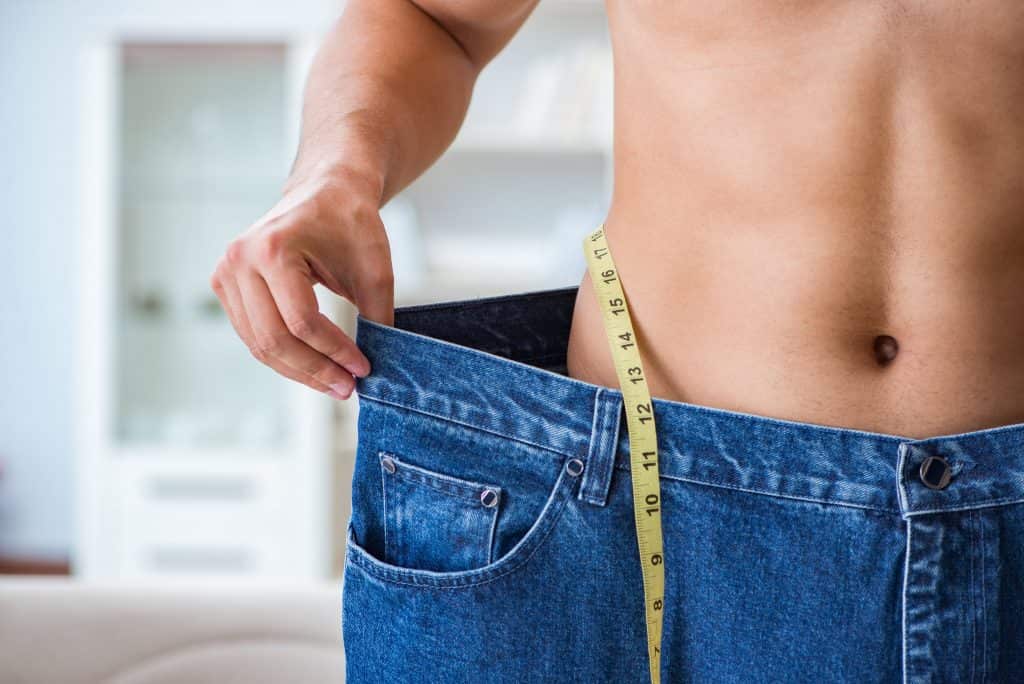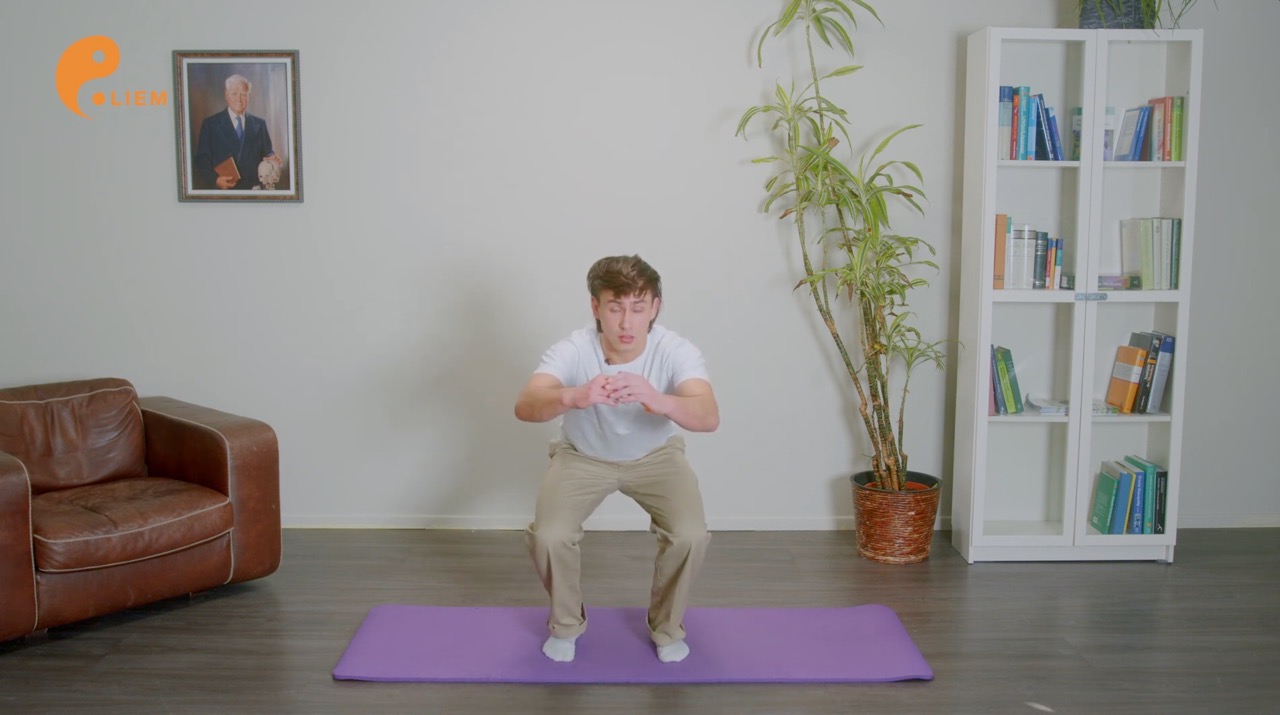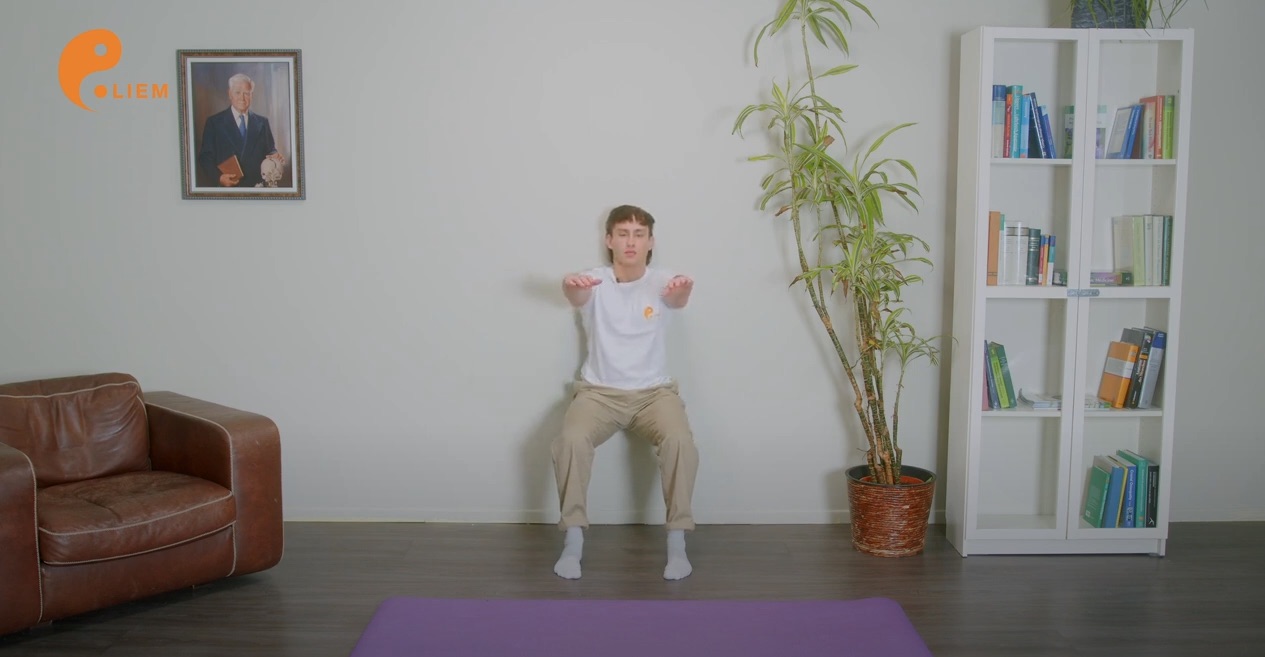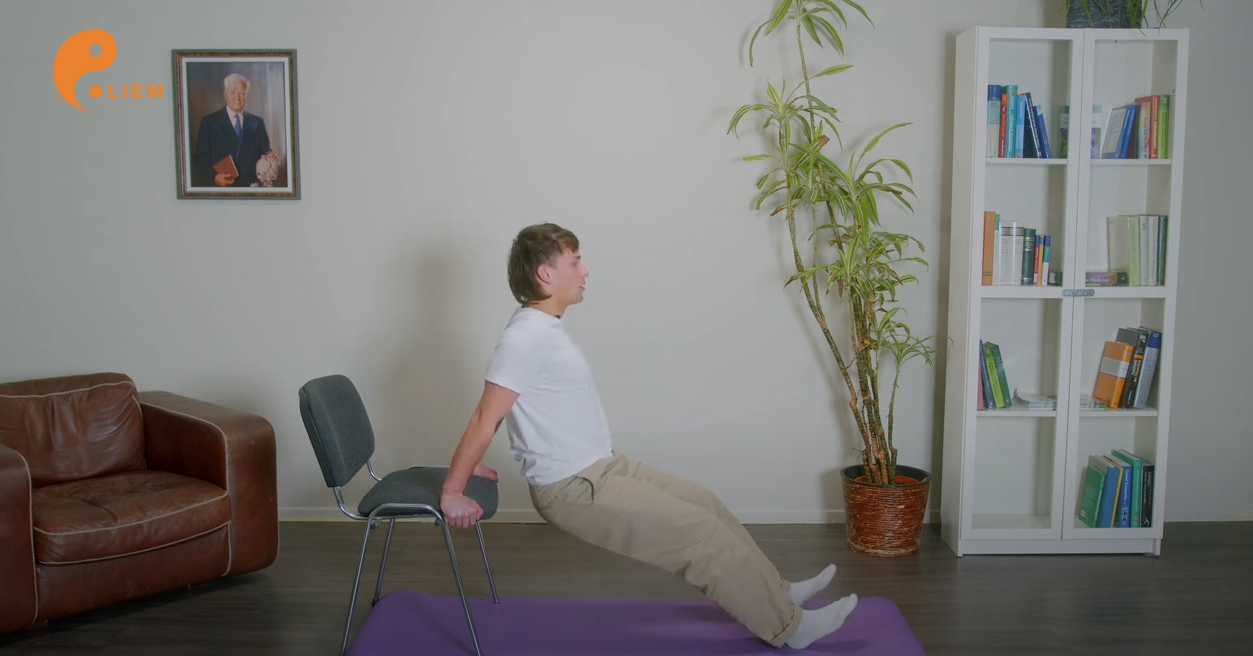Limiting calorie intake would be effective but difficult to maintain. Different diets do not show a significant difference in weight loss in the long term.
A combination of diet and exercise programmes show more improvements in metabolic syndrome and prevalence and cardiovascular function.
Metabolic syndrome is sometimes called the fatal quartet. It is characterised by the following four factors: Abdominal obesity, hypertension, dyslipidemia, insulin resistance or impaired glucose tolerance.
Fat loss by reducing calorie intake can only be maintained in the long term if the maximum oxygen uptake capacity (VO2max) is increased. This value describes the maximum volume of oxygen that can be absorbed and utilised by the cells per minute and kg of body weight at maximum performance.
This is also shown by results of studies on sarcopenic obesity - a combination of low muscle mass (sarcopenia) and obesity. Sarcopenic obesity is widespread. The average prevalence is about 5-10%. Older adults with sarcopenic obesity have a higher risk of mobility disability, cardiometabolic disease and mortality.
The medical problems associated with sarcopenic obesity are much greater than those associated with sarcopenia or obesity alone. Recent studies suggest the potential benefits of physical activity, fitness and resistance exercise for the prevention and treatment of sarcopenic obesity in older adults.
Prostprandial inflammatory response and postprandial hyperglycaemia
Postprandial hyperglycaemia refers to severely elevated blood glucose levels after meal ingestion. It is an independent risk factor for the development of type 2 diabetes mellitus, cardiovascular disease and liver cirrhosis and is associated with obesity and increased all-cause mortality in both diabetes mellitus and cancer.
Factors influencing postprandial hyperglycaemia are: Genetics, lifestyle, insulin sensitivity and exocrine pancreatic and glucose transporter activity levels, and gut microbiota.
Gut microbiota are also linked to the propensity for obesity. There are also links to glucose intolerance, type 2 diabetes mellitus, hyperlipidaemia and insulin resistance.
In fact, some postprandial hyperglycaemia and postprandial inflammation is physiological and occurs when we eat. However, it also varies depending on what we eat. Postprandial hyperglycaemia is most strongly triggered by fructose, then by buttered bread, then by bread. Surprisingly, pure glucose triggers postprandial hyperglycaemia relatively little.
Reducing postprandial hyperglycaemia is an essential step in maintaining or regaining health.

You have many opportunities to improve your health here:
- Less fructose-rich foods such as fruit juices, sweets, etc., only in exceptional cases buttered bread and bread.
- Sitting breaks and sport: Physical activity (see article "Physical Exercises for Everyday Life), fitness and resistance exercises and sitting breaks every 45 to 60 minutes (see article "Sit break) are essential factors for losing weight in the long term.
- Eat less frequently: Limit your food intake to 2-3 times per day
- Intermittent fasting: Do not eat for 13 to 16 hours and only eat in a period of 8-11 hours
- Rather good fat-rich diet: Olive oil, fatty fish, avocado, nuts
If too many appetite-inducing substances (=orexine substances) are released in the hypothalamus, such as NPY and AgRP, and too few satiating substances (=anorexine substances), the result is increased calorie intake, little exercise and low energy consumption.
More tips
- Never shop with a hunger pang: As a result, we are more likely to buy higher calorie food and eat more calories.
- Pay attention to sizes: Buy rather small sizes when you eat and drink out
- Avoid watching TV while eating, if possible:
The frequency of television viewing during dinner was 1 of the 2 largest correlates of body mass index in adults and children.reading, listening to the radio and interacting with dining companions increase food intake. The higher the distracting TV content (e.g. action movies and high sound variations increasing anxiety, arousal and stimulation) the higher food intake appears to be. The more distracting a TV programme, the less attention is paid to the feeling of satiety. Therefore, when television is highly distracting, it is best to avoid snacking. Mindfulness interventions lead to significant weight loss. - Imagination techniques: that have nothing to do with eating: When they are hungry, imagine something that makes you feel very satisfied.
For example, there is evidence that short-duration mindfulness-based techniques work to resist the temptation to eat chocolate. It helps with weight loss, for example. In this way, perception can be focused on the present moment and techniques of decentering can be applied.
Overall, it has been shown that mindfulness practice can bring benefits both in terms of reducing cravings for food, cigarettes and alcohol, and in reducing the extent to which cravings lead to consumption.
You can use a Mindfulness exercise such as the Body Scan (see article).





